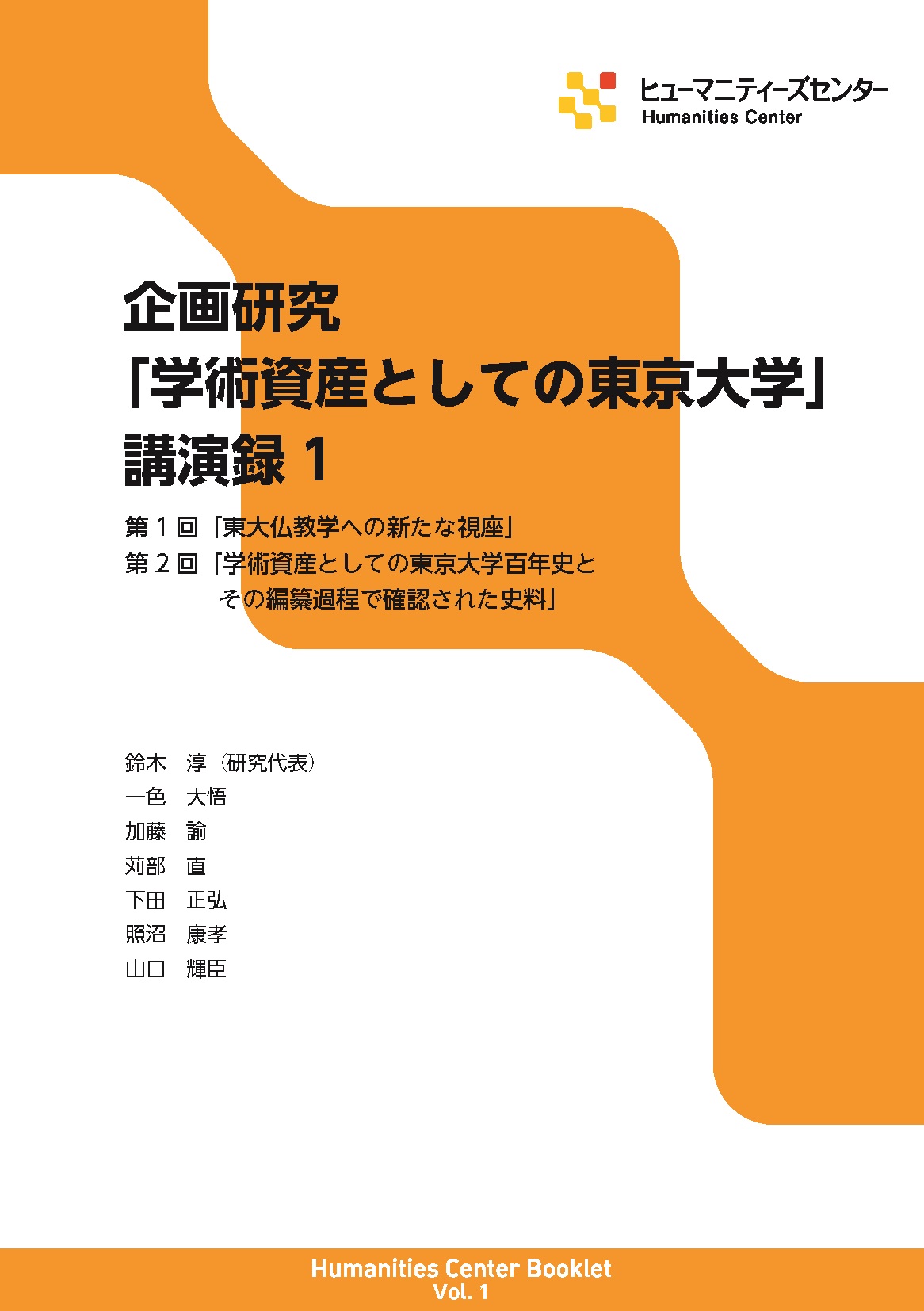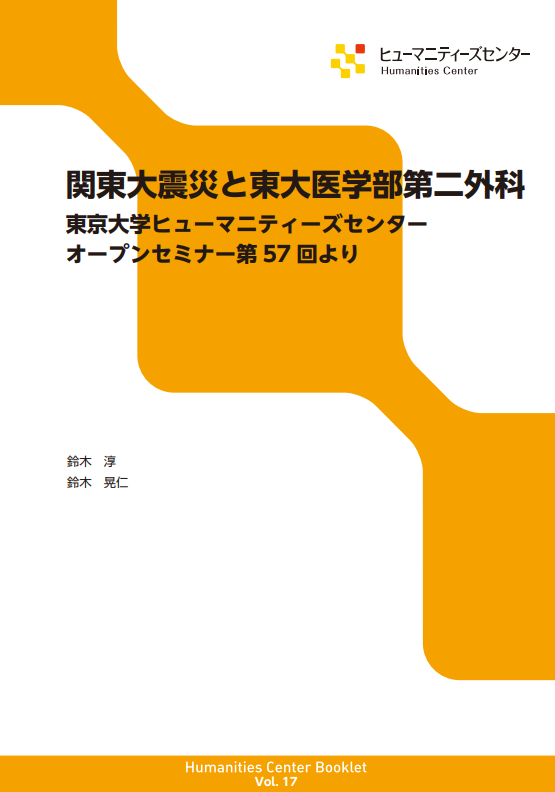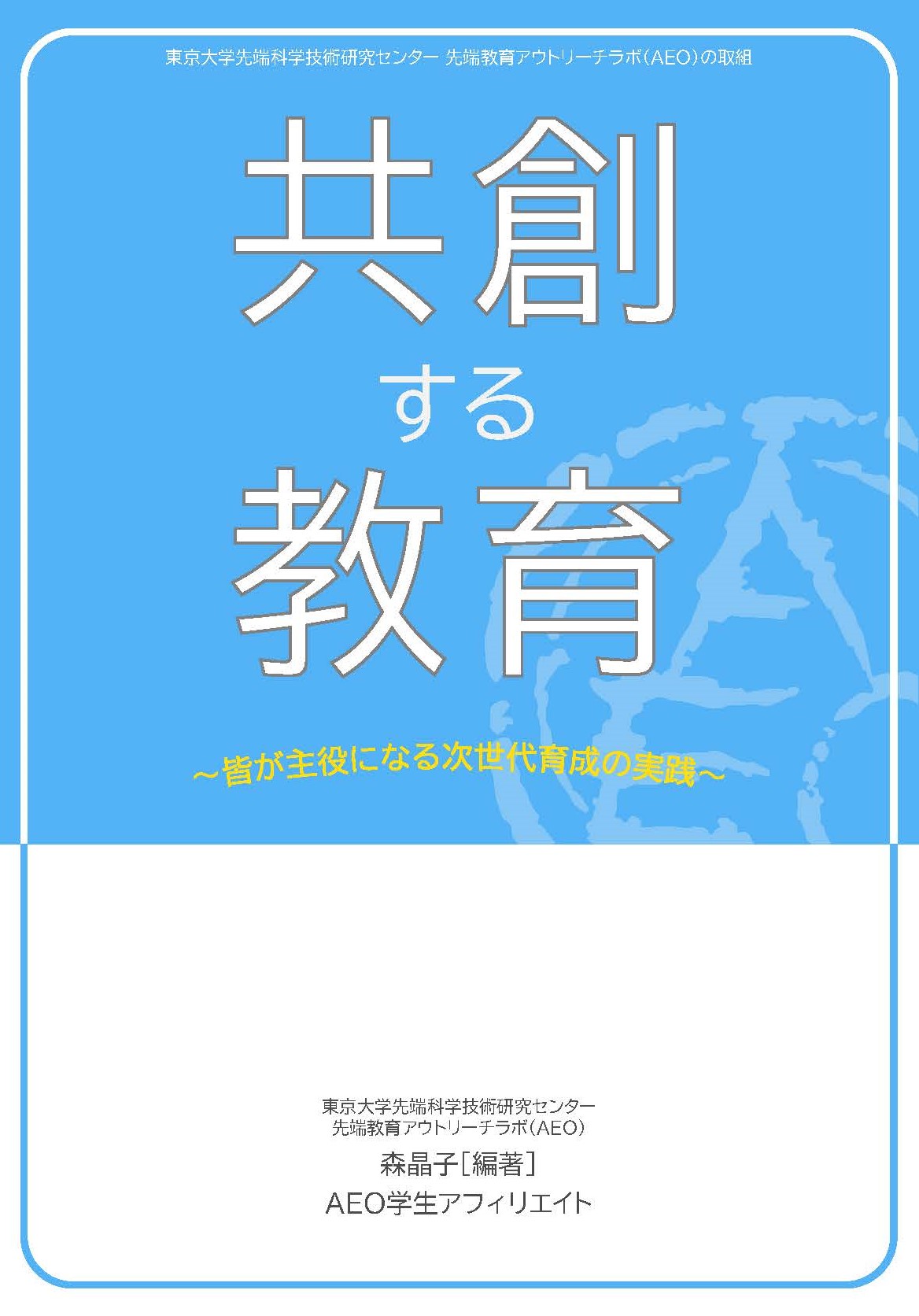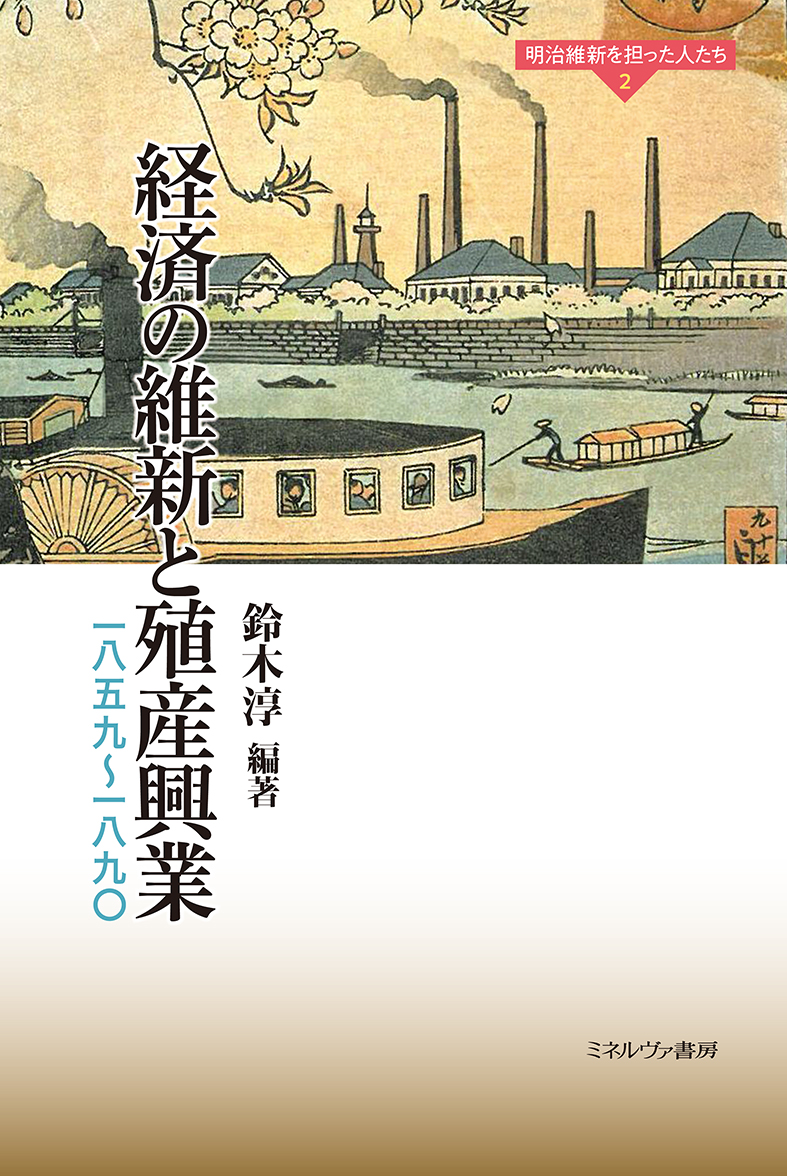
Title
Humanities Center Booklet Kikaku-Kenkyu “Gakujutsu-Shisan to shite no Tokyo Daigaku” Kogiroku (Lecture texts on “The University of Tokyo, 150 Years of History as an Academic Asset,” a Planned Research Project)
Language
Japanese
Released
August 31, 2019
ISSN
2434-9852
Published by
The University of Tokyo Humanities Center (HMC)
Book Info
Japanese Page
This is a collection of four booklets that recorded the papers and related discussions of five research conferences and symposia held between July 2018 and November 2020, as part of a Planned Research Project of the University of Tokyo Humanities Center (HMC), a collaborative research institute. In this project, various university educators spoke of topics related to the Academic Assets of the University of Tokyo. For an even richer inquiry, panel discussions were also held among scholars from multiple disciplines.
The first booklet contains two of these sessions, “New Perspectives on Buddhist Studies at the University of Tokyo,” and “The University of Tokyo, 100 Years of History as an Academic Asset, and the Historical Materials Verified, in the Process of its Compilation.” In the first of these sessions, presentations were made by Professor Masahiro Shimoda, of the Department of Indian Philosophy and Buddhist Studies in the Graduate School of Humanities and Sociology and Faculty of Letters, The University of Tokyo, and Daigo Isshiki, a Research Associate at the Graduate School, and a graduate of the Indian Philosophy and Buddhist Studies program. These scholars introduced the formation processes of Buddhist studies at the University of Tokyo, a process whereby trends in Buddhist research by full-time monks were also influenced by Western (European and North American) academic studies. These two scholars were joined by Professor Tadashi Karube in a lively discussion, a specialist in the History of Thought from The University of Tokyo Faculty of Law, and Teruomi Yamaguchi, Associate Professor in the College of Arts and Sciences and a specialist of Japan’s modern history. As this discussion unfolded, it was explained that this Buddhist studies formation process was not just due to the specific academic circumstances within the University, but was also the result of careful attention to trends in the Japanese Buddhist community. It was also noted that this kind of approach is typical for academia when viewed as an Academic Asset. Yasutaka Terunuma spoke of his experiences as an editor since 1977 of The University of Tokyo, 100 Years of History in the second session. A dialogue followed between him and Associate Professor Satoshi Kato of Tohoku University, who was involved in the preparation work for The University of Tokyo, 150 Years of History. The engaging discussion deepened all participants’ understanding of how to utilize Academic Assets for university historiography.
In the second booklet, Associate Professor Hideki Horiuchi of the Archaeological Research Unit (ARU), the University of Tokyo, set forth the history and significance of his work since 1984 surveying buried cultural properties (BCP) within the University of Tokyo precincts. He explained that, based on discoveries in excavations made at the University of Tokyo, Japan’s Edo period is now an object of dedicated study in archeology. Based on this, Associate Professor Akira Matsuda of the Cultural Resources Studies research lab of the Graduate School of Humanities and Sociology, the University of Tokyo, stated that today’s global era presented an excellent opportunity for the University of Tokyo to establish its unique spirit by using its local historical characteristics. Dr. Matsuda described specific examples of the use of University cultural property assets. This led to a lively and stimulating discussion by seminar participants.
The third booklet presents the lecture of Sakurako Ichimura, former Chief of the Academic Information Literacy Section of the Libraries for Engineering and Information Science & Technology at the University of Tokyo. She spoke of the source materials for the Engineering History project undertaken since 2011, led by the Libraries for Engineering and Information Science & Technology. She was followed by Ayumi Terada, Specially Appointed Associate Professor at the University Museum of the University of Tokyo, who introduced engineering history materials held by the Museum; especially the historical materials of three generations of the Tanaka family were used in a special exhibition. A discussion was then held regarding these projects, in which I participated together with Professor Yousuke Onoe of the Historiographical Institute of the University of Tokyo, and with online participation by Erich Pauer, Vice-Director of the Centre Européen d’Etudes Japonaises d’Alsace (CEEJA), a leading researcher on the technological history of Japan.
The fourth booklet presents the history of the University of Tokyo campus in Hongo, Bunkyo City, and traces the chronology of campus development. This information was presented by two emeritus professors of the Faculty of Engineering, Yukio Nishimura and Keisuke Fujii, and Professor Naoyuki Kinoshita of the Faculty of Letters, all from the University of Tokyo. Further, Mayumi Tsunoda, Technical Specialist at the Faculty of Engineering, the University of Tokyo, spoke of the legacy of the former Tokyo Engineering College/Technical Fine Arts School, thus providing us with an enriched understanding of the historical development and significance of today’s campus.
From these discussions recorded in the booklets, we learned of the diversity and importance of the Academic Assets of the University of Tokyo. We came to appreciate the efforts made by members of the University of Tokyo community involved in the ascertainment, preservation, and active use of these Assets. Moreover, we gained a shared understanding of the many related issues and problems we face in the future regarding these invaluable Academic Assets.
(Written by SUZUKI Jun, Professor, Graduate School of Humanities and Sociology / 2021)
Related Info
“The Formation of the Hongo Campus, and the Academic Assets that Tell the Story” (October 28, 2018)
https://hmc.u-tokyo.ac.jp/en/news/2018/181028-symposium/
“The University of Tokyo, 100 Years of History as an Academic Asset, and the Historical Materials Verified in the Process of Its Compilation” (August 22, 2018)
https://hmc.u-tokyo.ac.jp/en/news/2018/events-180822/
The University of Tokyo’s “New Perspectives on Buddhist Studies” Program (July 20, 2018)
https://hmc.u-tokyo.ac.jp/en/news/2018/events-180720/



 Find a book
Find a book


 eBook
eBook



